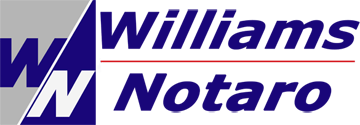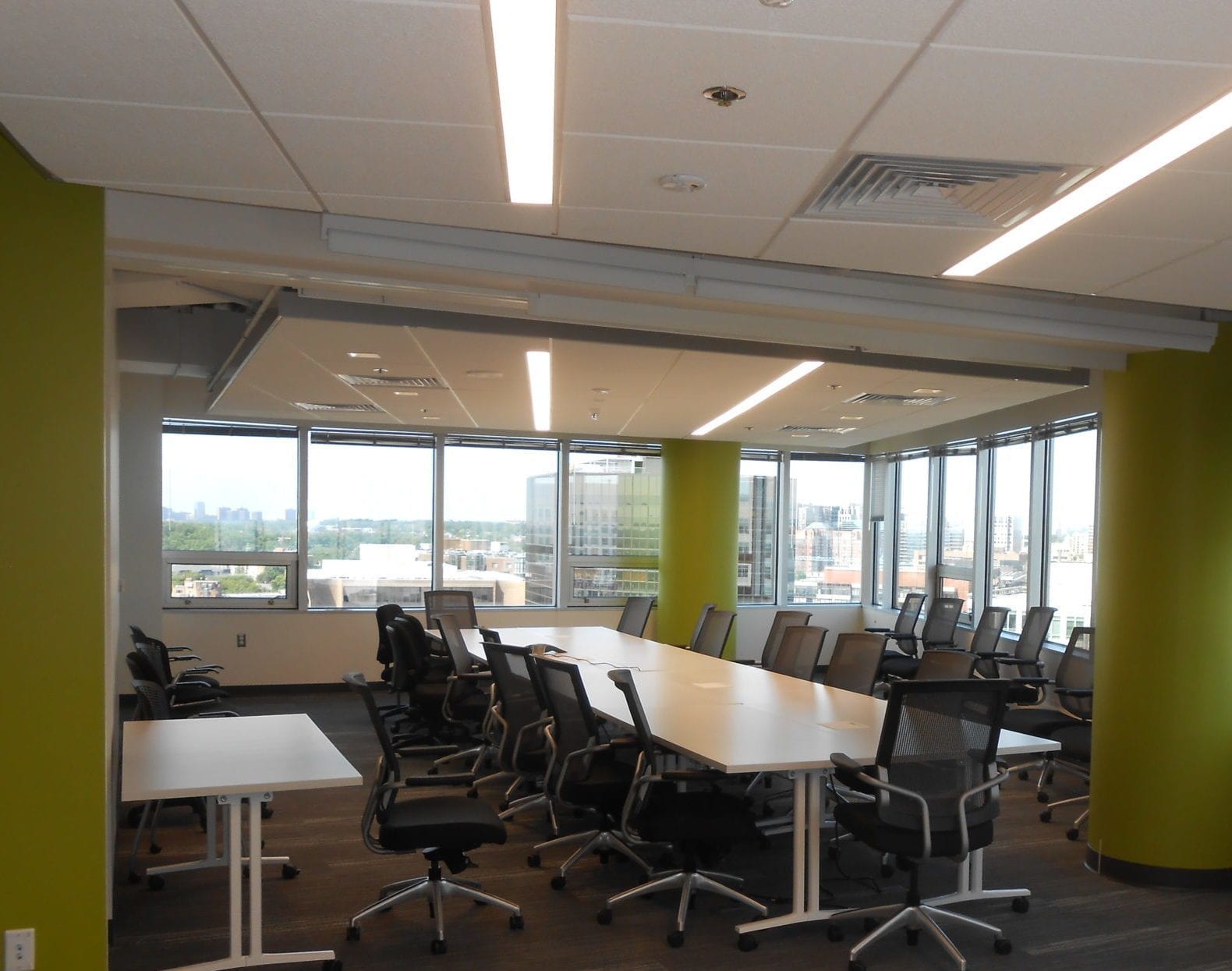"Green" - that seems to be today's buzzword. If someone is not talking about "going green", they are usually talking about "saving green". Contrary to popular belief, our energy codes strive to do both. Unfortunately, the old adage "You have to spend money to make money" also applies to the energy codes, as compliance may only be achieved with expensive upgrades. However, the ultimate goal of these codes is to proactively mitigate excessive and wasteful energy use in commercial and residential buildings using emerging, energy efficient technologies. Such improvements also directly benefit building owners and operators by minimizing operating expenses...because we all know someone who leaves the room without turning off the lights!


In general, your jurisdiction will require one of two compliance paths: the ASHRAE 90.1 standard or the International Energy Conservation Code (IECC). Both provide requirements for things like motor efficiencies for HVAC equipment, lighting wattage allowances and control systems, and building envelope performance. However, each state can be different. Virginia jurisdictions typically allow for compliance with either ASHRAE 90.1 or the Virginia Energy Conservation Code (which incorporates most of the IECC), while Maryland has solely adopted the latest edition of the IECC. Many of the code sections also list one or more exemptions, and based on your facility's existing conditions, your new project could be alleviated from compliance.


Navigating the energy codes can be difficult and confusing. If you are unsure of code applicability, it can be helpful to contact a consultant who is intimately familiar with the requirements for each jurisdiction. Last minute scope additions driven by the energy code can have surprising budget impacts.
Subscribe to our blog to get the latest updates and highlights of specific requirements of the energy codes and their impact on both new construction and renovation projects. Click the subscribe button and keep yourself informed!

